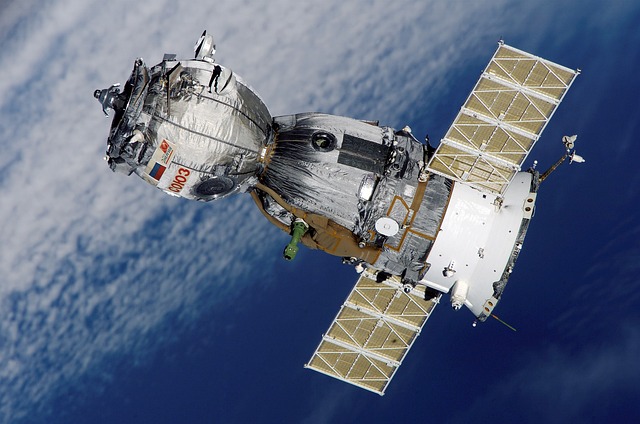As we gaze into the vast expanse of space, we are often mesmerized by the beauty of celestial bodies and cosmic phenomena. However, hidden within this grandeur is a reality that increasingly intertwines our understanding of the universe with the environmental challenges on our planet. The effects of climate change resonate not only here on Earth but also impact how we perceive and engage with the cosmos.
Extreme weather events, such as hurricanes, droughts, and wildfires, have become more frequent and severe due to the changing climate. These events remind us of our planet’s fragility; however, they also serve as a stark contrast to the seemingly stable climates of other planets in our solar system. For instance, the swirling storms of Jupiter or the intense winds on Mars present a fascinating yet daunting perspective on how space weather can be just as extreme as what we experience on Earth.
Climate change is altering our environment in ways that are both profound and alarming. The increase in global temperatures is driving the melting of ice caps, raising sea levels, and disrupting ecosystems. As we strive to understand these changes, we cannot ignore how they relate to the vastness of space. The same scientific principles that govern atmospheric phenomena on Earth also apply to other bodies in our solar system. By studying them, scientists aim to gain insights that could be crucial for managing our own planet’s climate challenges.
Furthermore, the linear relationship between human activities and climate change is a pressing issue. Emissions from burning fossil fuels and deforestation not only threaten our immediate environment but can influence long-term weather patterns that echo across space. For example, increased greenhouse gases lead to more extreme weather, which, in turn, could affect everything from agriculture to habitat stability. These issues take on a new dimension when we consider that our actions can have far-reaching consequences, extending to our role in the broader cosmos.
The interplay between climate change and extreme weather is also highlighted through space exploration and observation. Satellites orbiting the Earth provide invaluable data, allowing scientists to track weather systems and climate trends in real-time. This data is essential as we come to terms with the realities of a changing climate. It inspires a new generation of inquiry into how we can adapt and mitigate the effects of climate change—an endeavor that resonates deeply as we venture through space.
As we look to the stars, it’s crucial to remember that the health of our planet is directly tied to our understanding of and ability to adapt to extreme weather caused by climate change. The more we uncover about space and its various phenomena, the more we realize how fragile our environment is. This realization should drive us to take action—both locally and globally—to protect our home while we explore the infinite possibilities of the universe.
In conclusion, looking into space can sometimes feel like seeking solace from the chaos of life on Earth. However, it serves as a reminder of our responsibilities to the planet we call home. Each extreme weather event, every shift in climate, and every piece of data from afar emphasizes the urgent need for effective environmental stewardship as we navigate a rapidly changing world.




